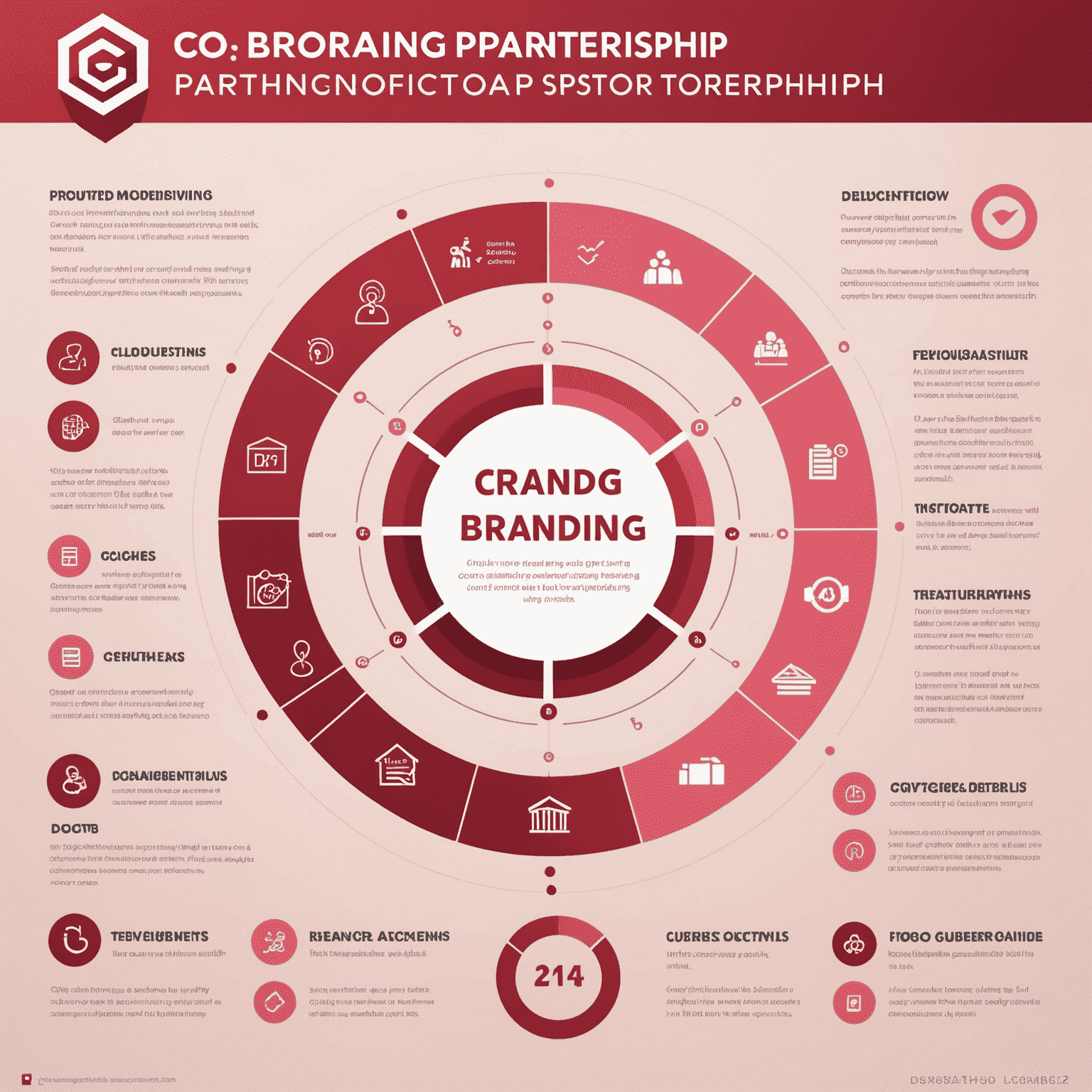Co-Branding Partnerships: A Game-Changer for Small Businesses

In today's competitive market, small businesses are constantly seeking innovative ways to stand out. One powerful strategy that's gaining traction is co-branding partnerships. But what exactly are they, and how can they benefit your small business?
What is Co-Branding?
Co-branding is a marketing strategy where two or more brands collaborate to create a unique product or service. This synergy allows small businesses to leverage each other's strengths, customer base, and resources to achieve mutual growth.
Key Benefits of Co-Branding for Small Businesses:
- Increased Brand Visibility
- Expanded Customer Base
- Cost-Effective Marketing
- Enhanced Product Innovation
- Strengthened Brand Credibility
Real-World Success Stories
CardlessApp & Local Cafe Chain
A small fintech startup, CardlessApp, partnered with a popular local cafe chain to offer exclusive discounts to app users. This co-branded initiative resulted in a 30% increase in app downloads and a 25% boost in cafe foot traffic.
Boutique Clothing Store & Artisan Jeweler
A boutique clothing store collaborated with a local artisan jeweler to create a limited-edition accessory line. The partnership led to a 40% increase in sales for both businesses and significant cross-pollination of customer bases.
How to Get Started with Co-Branding
-
Identify Potential PartnersLook for businesses that complement your products or services and share similar target audiences.
-
Define Clear ObjectivesEstablish what you hope to achieve through the partnership, whether it's increased sales, brand awareness, or market expansion.
-
Develop a Co-Branded OfferingCreate a unique product, service, or promotion that leverages both brands' strengths.
-
Plan Your Marketing StrategyCoordinate your marketing efforts to ensure consistent messaging and maximum reach.
-
Measure and Analyze ResultsTrack key performance indicators to assess the success of your co-branding initiative and identify areas for improvement.

Conclusion
Co-branding partnerships offer a wealth of opportunities for small businesses to grow their brand, reach new customers, and innovate in their market space. By carefully selecting partners and creating strategic collaborations, even the smallest businesses can compete with larger competitors and carve out a unique position in the marketplace.
Ready to explore the potential of co-branding for your small business? Start identifying potential partners today and unlock new avenues for growth!